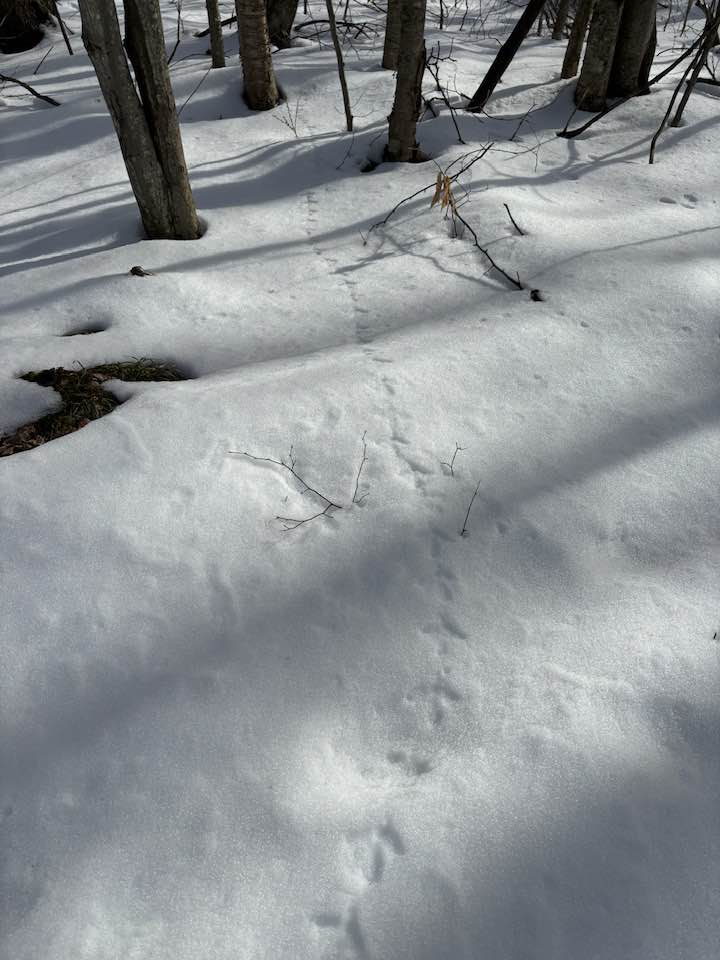After dealing with the rocks in my head yesterday, I got to dealing with the rocks in stone walls this morning. ![]() A dear friend sent me a link to an Atlas Obscura article https://www.atlasobscura.com/articles/new-england-stone-walls-science?utm_source=Atlas+Obscura+Daily+Newsletter&utm_campaign=e5ec3288ff-EMAIL_CAMPAIGN_2024_04_19&utm_medium=email&utm_term=0_-e5ec3288ff-%5BLIST_EMAIL_ID%5D&mc_cid=e5ec3288ff&mc_eid=24e72b3137 about the uniqueness of New England’s stone walls. I enjoyed reading it, and it evoked quite a few memories – as well as images of the amazing stone walls we’ve been seeing when we watch PBS’s All Creatures Great and Small.
A dear friend sent me a link to an Atlas Obscura article https://www.atlasobscura.com/articles/new-england-stone-walls-science?utm_source=Atlas+Obscura+Daily+Newsletter&utm_campaign=e5ec3288ff-EMAIL_CAMPAIGN_2024_04_19&utm_medium=email&utm_term=0_-e5ec3288ff-%5BLIST_EMAIL_ID%5D&mc_cid=e5ec3288ff&mc_eid=24e72b3137 about the uniqueness of New England’s stone walls. I enjoyed reading it, and it evoked quite a few memories – as well as images of the amazing stone walls we’ve been seeing when we watch PBS’s All Creatures Great and Small.
I had never considered that there were classes of stone walls – only that some stone walls are construction masterpieces and others appear to be more like piles of rocks. But, as you may know, Bob and I have more familiarity with stones than the average person. Our first building project was a 12’x20′ slip-formed outbuilding inspired by Helen and Scott Nearing. I can still recall with fondness the Halloween night I was up on a ladder troweling off the very last pour by the light of the moon before cleaning up a bit and going to a friend’s Halloween party.
Granite dominates our local stone, and an 1863 map shows a “Marble Quarry” on our back forty. There are places not far away where sedimentary and metamorphic rocks are found, often ‘softened’ around the edges by streams or by their glacial relocation. ‘Sad to say that my rock knowledge has been eroded by time, so I’m not guaranteeing the correctness of what I’m writing, but I do remember some of the on-the-job learning: Rounded stones are difficult to stack, so that is probably a factor determining what sort of wall is constructed/piled. After building that 12 x 20 outbuilding and then using it as living and dining room space attached to a mobile home, we realized it was not a good idea to build an entire house that way. Every winter morning, the woodstove’s first task was to melt the frost off those walls. We did love our stones and our slip-forming, and so the basement of our house and two interior walls were built that way.
Early in our time here, stone walls and gardening had a collision. As we dug up the ground for the planting of a small garden, we came upon two 12″ x 48″ x 6″ blocks of cement. What the heck were these?? We also had encountered a gazillion small fragments of rock… I think it was Harold – a ‘local’ who connected our mobile home to the electrical grid – who mentioned that there had been a stone crusher on the spot where we were trying to plant asparagus. It had been used to crush all the stones in the stone walls that once lined our road, and the crushed stone had been used to build the straighter, less up-and-down road we were now using.
There is only one remaining stone wall on our land. When the road was being reconstructed it must have still been in use to corral cows, or perhaps it was saved by being on the far side of a swampy area. (It’s also near the flattest stretch of the pavement, so maybe it wasn’t needed}. I never saw those old 1800s stone walls, but I miss them here.



